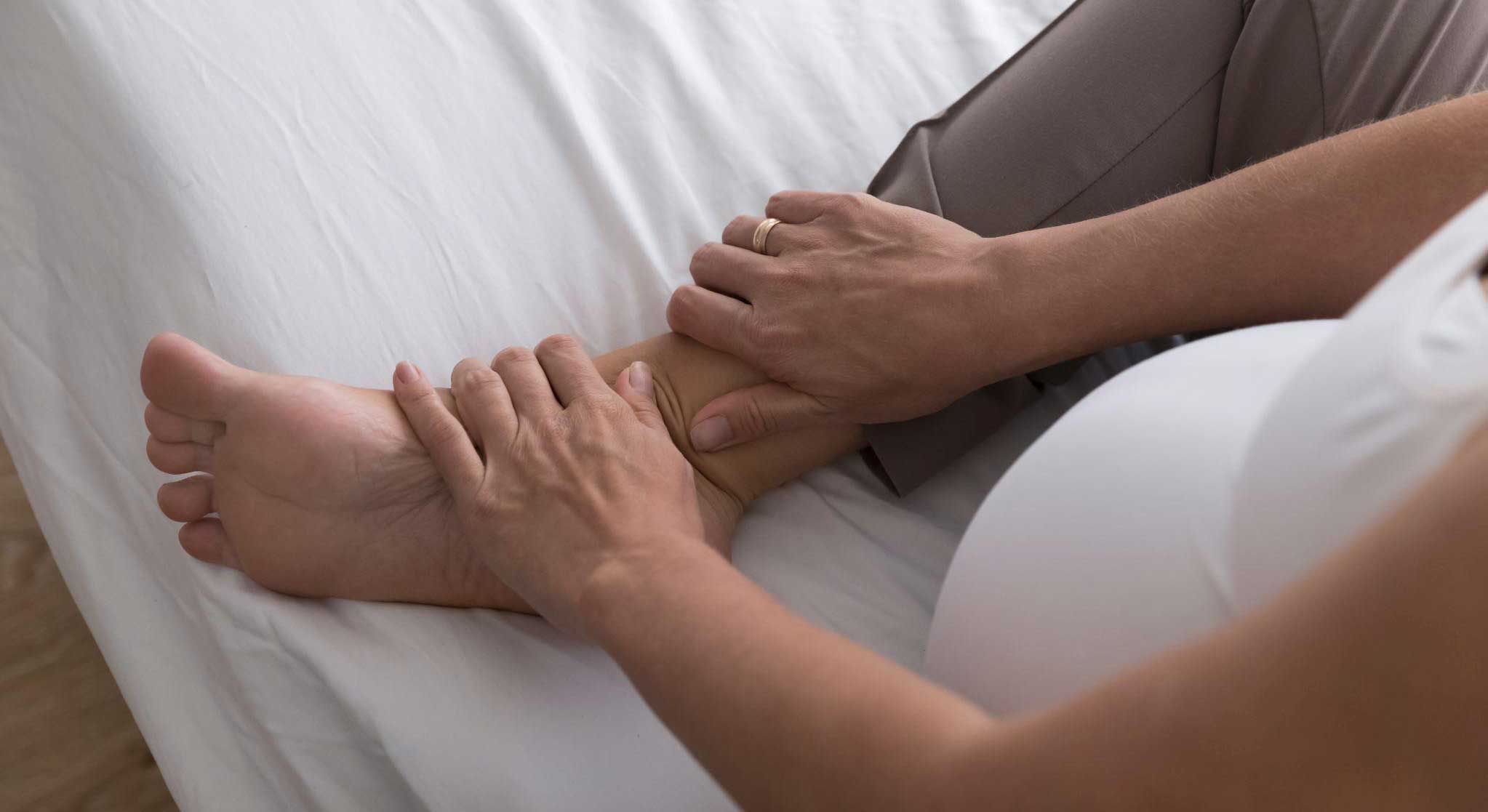Swollen ankles can be a common occurrence for many people, especially after long periods of standing or sitting. While they can be uncomfortable and even painful, they’re not always a sign of something serious.
However, if swollen ankles persist for weeks or months and are accompanied by other symptoms, they could be an indication of vein disease. Vein disease affects millions of people worldwide, and it’s important to be aware of the symptoms and seek medical attention if necessary.
The Connection Between Swollen Ankles and Vein Disease
Swollen ankles can happen for a wide variety of reasons, and many people experience swollen ankles at some point in their life. For example, swollen ankles often happen in conjunction with a sprain or bone fracture. In many cases, however, swollen ankles can be a telltale sign of vein disease. In these cases, the swelling in your ankles is a result of pooled blood toward the bottom of your legs.
Diseased veins can become weak and porous over time, which allows blood to spread into the surrounding tissue. When you sleep at night, the blood is dispersed more evenly throughout your legs, but during the day when you’re walking around, gravity pulls that blood down toward the ankles, resulting in serious swelling.
Swollen ankles as a result of vein disease are uncomfortable, but they can also be dangerous. If left untreated, pooled blood greatly increases the risk of blood clots, which can be life-threatening. If you’re experiencing significant, painful swelling and/or patches of skin that are red, tender, and warm, it may be a sign that a clot has already developed, a condition referred to as deep vein thrombosis.
If you have swollen ankles that are minor or normal in the morning, and progressively worsen throughout the day, speak to your healthcare provider as soon as possible about potential weak veins, or chronic venous insufficiency (CVI). If it’s determined that you have this condition, your doctor can help you find relief and make sure the problem doesn’t become more serious.
Treatment for Swollen Ankles and Vein Disease
The good news is that if you do have vein disease, there are a number of tried and true, minimally invasive treatment options to help you feel more comfortable and regain full health. One simple response is the use of compression stockings, which tightly squeeze the lower legs to boost circulation through that area of your body. If you find yourself sitting for more than a few hours at a time, this is a great option to provide support for your veins.
Your doctor may also determine that surgery is necessary to alleviate your vein issues. Surgical treatments for chronic venous insufficiency are typically quick and easy, with minimal recovery time required, and can have huge impacts on your overall comfort.
Southern Utah’s Vascular Health Professionals
If you’re experiencing swollen ankles and suspect they may be the result of vein disease, let Heart of Dixie Vein and Vascular take care of your medical needs. Our team members are experts in cardiovascular health and work hard to make sure each of our patients feels cared for and listened to throughout their treatment.
With locations in St. George, Cedar City, and Mesquite, we serve clients throughout southern Utah and Nevada. Contact us today for more information or to schedule an appointment.





